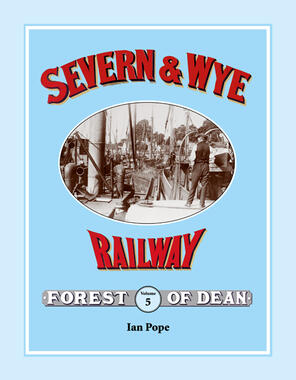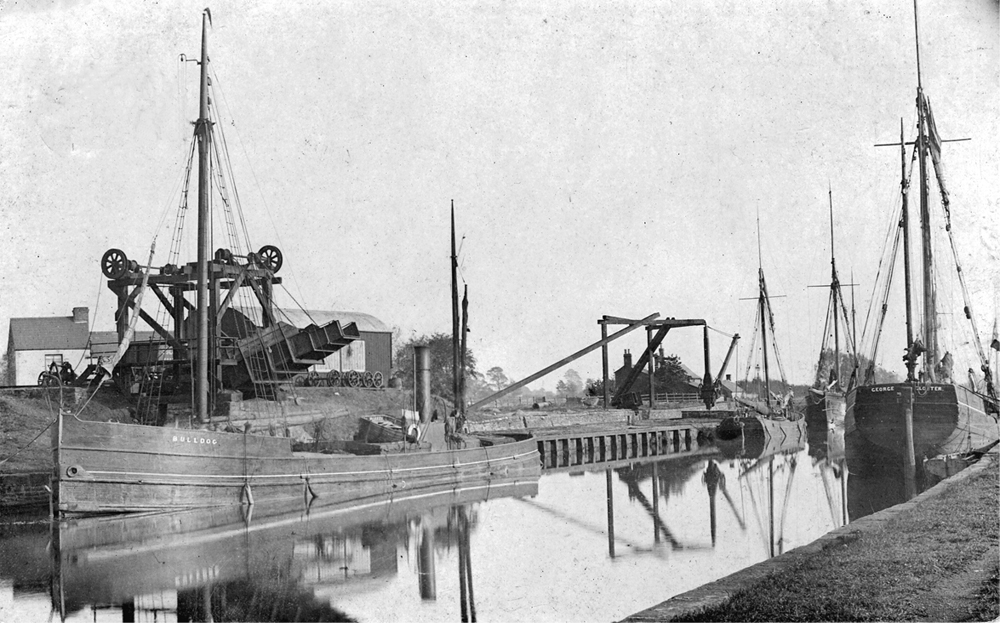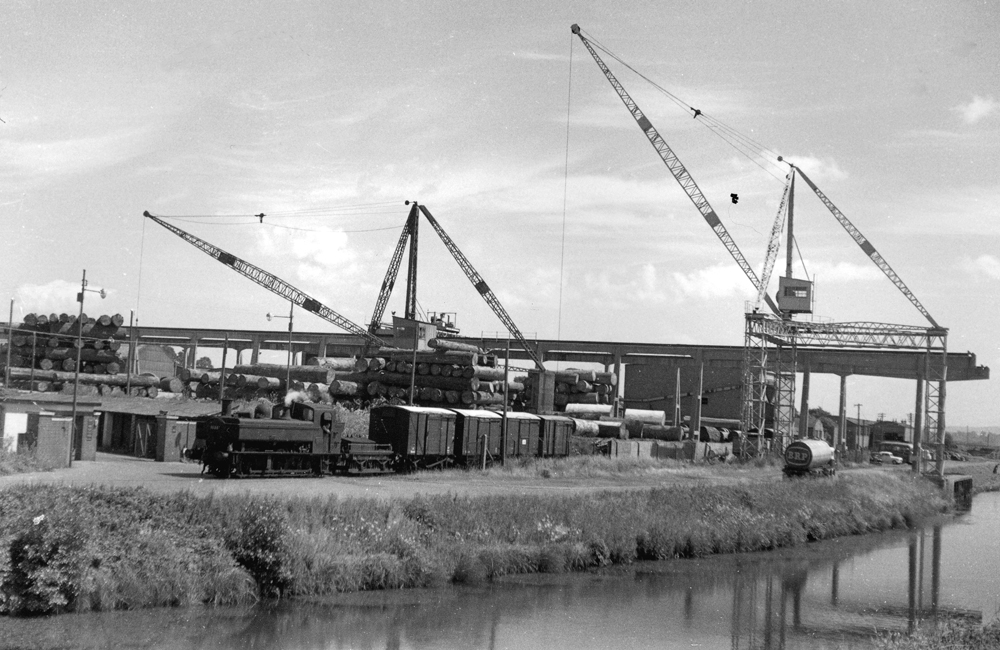Severn & Wye Railway Vol. 5

Severn & Wye Railway Vol. 5
Lydney Docks
Ian Pope
208 pages. 275x215mm. Printed on gloss art paper, casebound with printed board covers.
ISBN13 : 9781911038658
£25.00
Lydney Docks
Ian Pope
208 pages. 275x215mm. Printed on gloss art paper, casebound with printed board covers.
ISBN13 : 9781911038658
£25.00
The casual visitor to the Forest of Dean will no doubt find it a pleasant, though unassuming, area in which to escape the pressures of everyday life, the absence of splendour in the landscape being more than compensated for by the tranquillity to be found in its lush and gentle greenwood. The more observant traveller may, however, perceive places where the rough scars of man’s work interrupt the natural contours of the land, and pathways whose alignment and earthworks betray their former purpose. In fact the Forest was once a rather different place to that promoted today by the Wyedean Tourist Board. Its dense, leafy canopy concealed a rich mineral wealth which was known and exploited as far back as Roman times, reaching a peak around the turn of the twentieth century. Ambitious traders, anxious to convey their hard-won products to the markets of the outside world promoted and built a network of tramroads and, later, railways which were to play a vital role in the area’s rise to industrial prominence. Volume 1 of this series traced the history of the Severn & Wye & Severn Bridge Railway, the major independent concern in the Forest of Dean, and illustrated the ‘main line’ from Lydney to Parkend. Volume 2 continued the journey to Cinderford. Volume 3 covered the branches to Lydbrook Junction and to Coleford whilst Volume 4 dealt with the Mineral Loop and all of the collieries connected thereto. This Volume looks at all facets of the harbour at Lydney where the vast majority of Forest coal was transshipped into small coasting vessels for shipment to Bristol, round the coast of the West Country and to Ireland.


Severn & Wye Railway Vol. 5 - Sample Images

There is much of interest in this postcard view which was franked in September 1910. Under No. 2 Tip stands the steamship Bulldog owned by Sully & Co. of Bridgwater. Built of iron on the Tyne in 1866 by J. Wigham Richardson & Co. for the Shield SS Co. of South Shields of 100 gross registered tons (76nrt, 160dwt) she measured 99.6 x 20.1 x 7.1ft and was fitted with a two-cylinder steam engine driving a single screw. In 1871 she was purchased by James Wood Sully passing to John G. Sully in 1877 and by 1896 to Sully & Co. Ltd. Rebuilt in 1921 by Stothert & Co. Ltd of Bristol she survived until broken up in 1929. The tip has an oil lamp mounted on the front and a Minute of the 25th January 1907 states that it was agreed that the tip be lighted by means of oil lamps, in the same way as tips No’s. 3 and 4, at an estimated cost of £5 14. 0. Behind the tip the corrugated iron building is the railway wagon repair shed belonging to Sully’s as mentioned in 1893. It was still in use during the Second World War, the wagon repairer living in Newnham and receiving a petrol allowance. It would appear that in the late 1940s the building was moved close to the harbour master’s house and used as a garage. The crane seen beyond was served by a siding running underneath it and may have been moved from further down the Basin, compare it with the view overleaf. On the right is moored the ketch rigged trow George of Gloster. Unfortunately there were two of that name registered, one built in 1839 and one in 1873. Ian Pope collection

1623 shunting at Pine End, the fireman is looking back, possibly checking on the points inside the gatesbeing set. Bob Marrows
